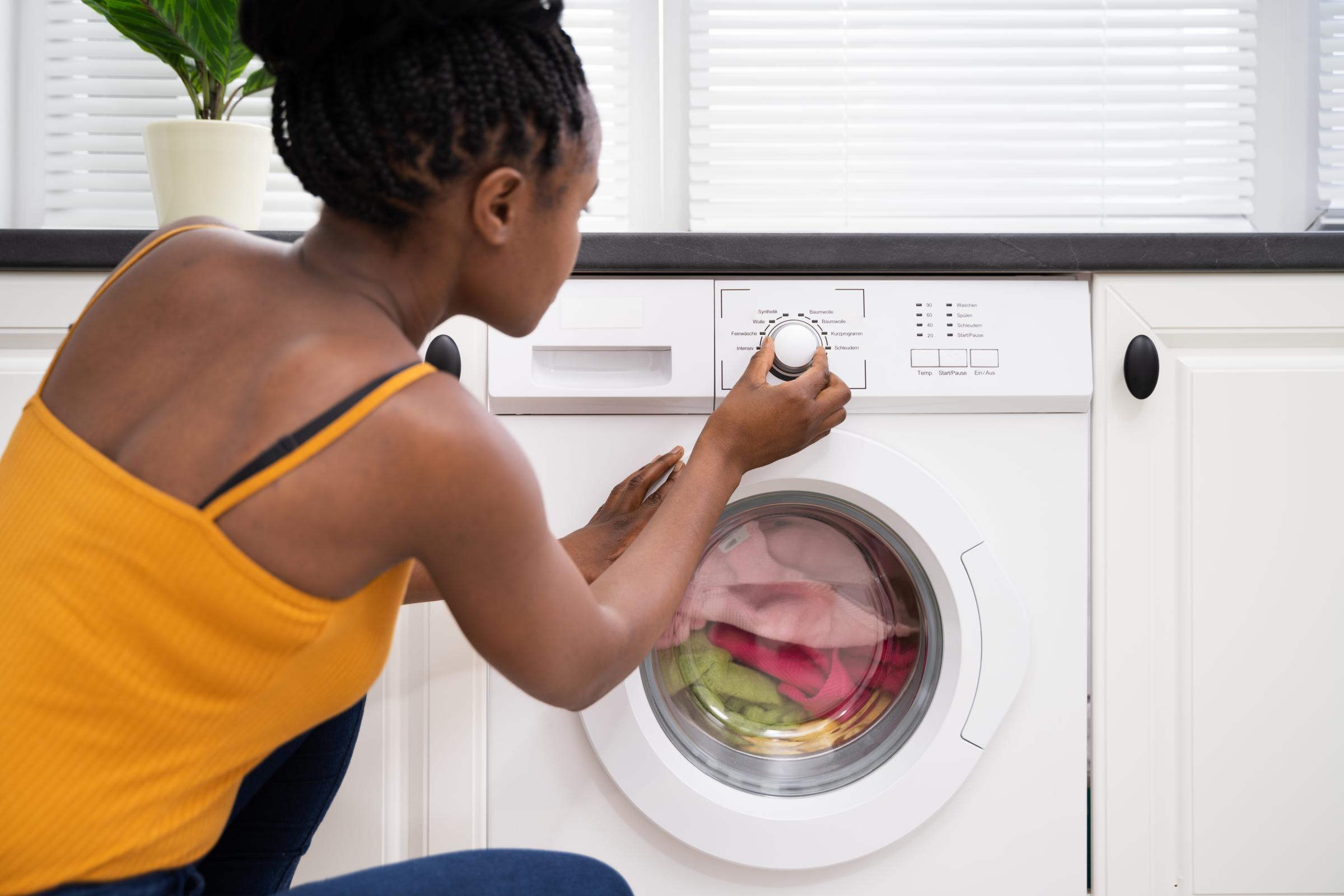Overview
Appliances are an important part of the lived experience of an apartment. Electrifying all appliances, especially cooking ranges, has significant health benefits. In retrofit scenarios, some residents can express concern around losing gas stoves. This PBS NewsHour segment explores the electrification of cooking appliances in affordable housing, and can be a useful resident engagement tool. Induction cooktops can help reduce the risk of kitchen fires compared to traditional gas or electric stovetops. They have no open flame, precise temperature control, and automatic shut off features that will help prevent a kitchen fire.
Technology and Design
Choosing all-electric, energy-efficient appliances is a straightforward process due to the ENERGY STAR certification program. ENERGY STAR warrants energy savings over industry-standard appliances, often with a minimal cost premium.
-
Refrigerators and dishwashers
Choose only ENERGY STAR-certified refrigerators and dishwashers. They are widely available, low-cost, and come in many configurations. -
Washers and dryers
For in-unit washer/dryer systems, ENERGY STAR-certified appliances are widely available. However, ENERGY STAR options can be more difficult to locate that comply with the Americans with Disabilities Act (ADA) or for larger central laundry equipment, especially when leasing through a third-party.
-
Standard electric and induction ranges
Standard electric ranges are affordable and come in many configurations. Some affordable housing providers have invested in smart burner products to limit cooking fire risk, although these devices limit high-temperature cooking.Induction ranges are an alternative form of electric cooking. Instead of heating a coil through electric resistance, induction ranges use electromagnetic fields to heat up a pan directly. Induction ranges use less energy and cook faster than their electric resistance counterparts. They have no open flame, precise temperature control, and automatic shut off features that will help prevent a kitchen fire. The primary drawback is that they require pots and pans to be made of a ferrous metal (iron or steel); pans made of aluminum or copper will not work. The specific cookware requirements can make this technology less appropriate for affordable housing. In retrofit scenarios, some residents can express concern around losing gas stoves.
-
Ceiling fans
Ceiling fans are a simple, low-cost way to reduce utility costs for residents. While a ceiling fan does not cool the air, the air circulation it creates makes a room more comfortable and reduces HVAC system runtime. -
Appliances not covered by ENERGY STAR
When requiring an ENERGY STAR designation in design specification, it should be recognized that some common appliances are not certified by this federal program and should be exempt:-
Microwaves
-
Ranges
-
Electric resistance water heaters
-
This PBS NewsHour segment explores the electrification of cooking appliances in affordable housing and can be a useful resident engagement tool.
Retrofit Projects
Typical candidates for appliance electrification in retrofits are gas ranges and gas-fired dryers. Electrifying these end uses requires ensuring that the units have sufficient electrical power supply both at the panel and where the appliance is to be installed. One key consideration for an electric range is the addition of a 240-volt (240V) circuit connected to a three- or four-prong outlet with a minimum capacity for 40-50 amps. Similarly, an electric dryer will typically require a 30-amp, 240V circuit. As gas ranges and gas dryers generally use standard 120V outlets, an electrical upgrade will be necessary for either retrofit. Depending on the capacity, older buildings may also require a more significant electrical service upgrade to accommodate the additional loads.
As an alternative to increasing the electrical power supply, buildings could consider a 120-volt powered heat pump washer and dryer combination appliance to avoid the additional cost of wiring more power supply to the laundry space.
